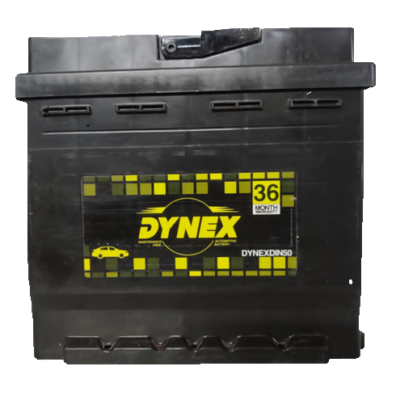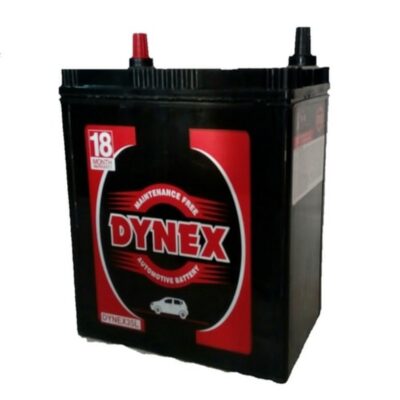Content

Cash flows from financing (CFF) is the last section of the cash flow statement. It measures cash flow between a company and its owners and its creditors, and its source is normally from debt or equity. These figures are generally reported annually on a company’s 10-K report to shareholders. The three types of cash flows are operating cash flows, cash flows from investments, and cash flows from financing. Because the cash flow statement only counts liquid assets in the form of CCE, it makes adjustments to operating income in order to arrive at the net change in cash. Depreciation and amortization expense appear on the income statement in order to give a realistic picture of the decreasing value of assets over their useful life.
When you tap your line of credit, get a loan, or bring on a new investor, you receive cash in your accounts. FCF gives companies, managers and investors an important insight into the financial health of a business and its overall value. https://www.bookstime.com/articles/cash-flow When you have a large amount of FCF, it can mean that you will have enough funds to pay back your expenses with some money left over. This leftover can be used to reinvest in your business and pay investors or buy back stocks.
More meanings of cash flow
A cash flow that shall happen on a future day tN can be transformed into a cash flow of the same value in t0. You can also use Shopify’s cash flow calculator to easily calculate your cash flow and give your business a financial health check in less than five minutes. You can usually find the information necessary to perform this calculation on your cash flow statement.
The principal financial statements are the income statement, balance sheet and cash flow statement. The indirect method calculates cash flow by adjusting net income based on non-cash transactions. This method is especially suitable for businesses using accrual accounting, where revenue is recorded when it is earned rather than when it is received.
Solutions to cash flow problems
Cash flow enables businesses to cover all the expenses while providing final goods or services. Reports demonstrate that small businesses consider cash flow one of their top 5 challenges. Engaging in an ongoing analysis helps to quickly identify any problems with incoming and outgoing cash. For example, if a company has revenue streams that aren’t producing as much as they should, cash flow analysis will show that. Profit is shown as net income on the income statement, which is the bottom line for a business. However, due to accrual accounting, net income doesn’t necessarily imply that all receivables have been paid by customers.
What are the best examples of cash flows?
- Revenue collected from customers.
- Interest income from loans.
- Dividend income (in cash received)
- Lawsuit cash awards received.
- Insurance proceeds received.
- Amount of cash from the sale of trading securities.
A company’s financial statements offer investors and analysts insight into all the transactions that go through a company, where every transaction contributes to its success. It provides them with key information that should be considered when making investment decisions. Creditors, on the other hand, tend to use the cash flow statement to determine how much cash is available for the company to fund its operating expenses and pay its debt obligations.
Free Cash Flow (FCF)
Cash inflows result from either the generation of revenue through the selling of goods and services, money borrowed, or money earned through investments. Here you can see that the business paid more in expenses than the amount of income it brought in. Positive cash flows occur when the company has more money flowing in than flowing out.
- This statement summarizes the cumulative impact of revenue, gains, expenses, and losses over the course of a specified period of time.
- This calculation divides operating cash flow by net income, and a good ratio often has this number at one or above.
- Here’s everything you need to know about cash flow, profit, and the difference between the two concepts.
Investing activities include cash flows from the acquisition and disposal of long-term assets and other investments not included in cash equivalents. For instance, purchasing or selling physical property, such as real estate or vehicles, and non-physical property, like patents. A cash flow statement is an important tool used to manage finances by tracking the cash flow for an organization. This statement is one of the three key reports (with the income statement and the balance sheet) that help in determining a company’s performance.








You must be logged in to post a comment.